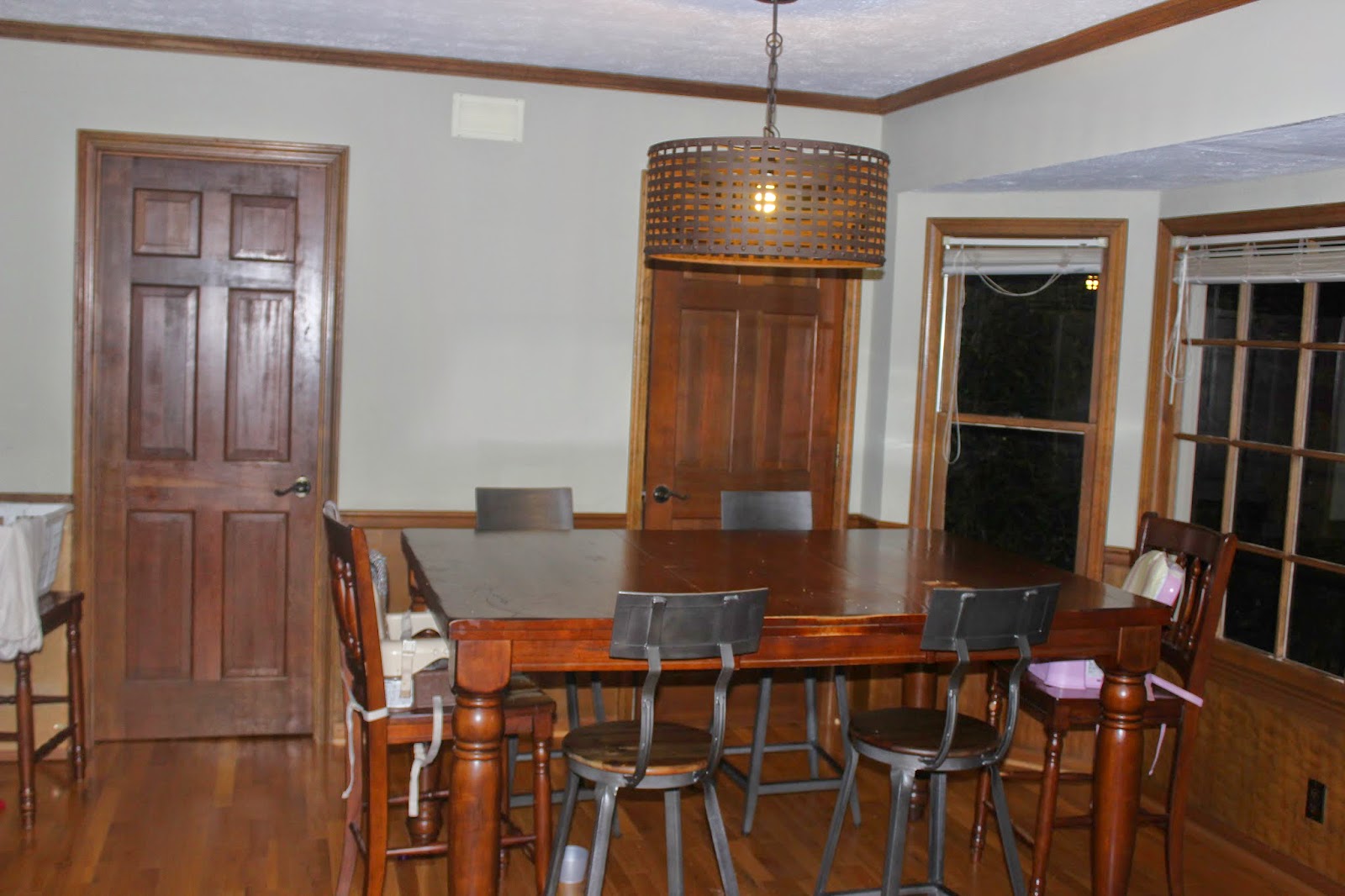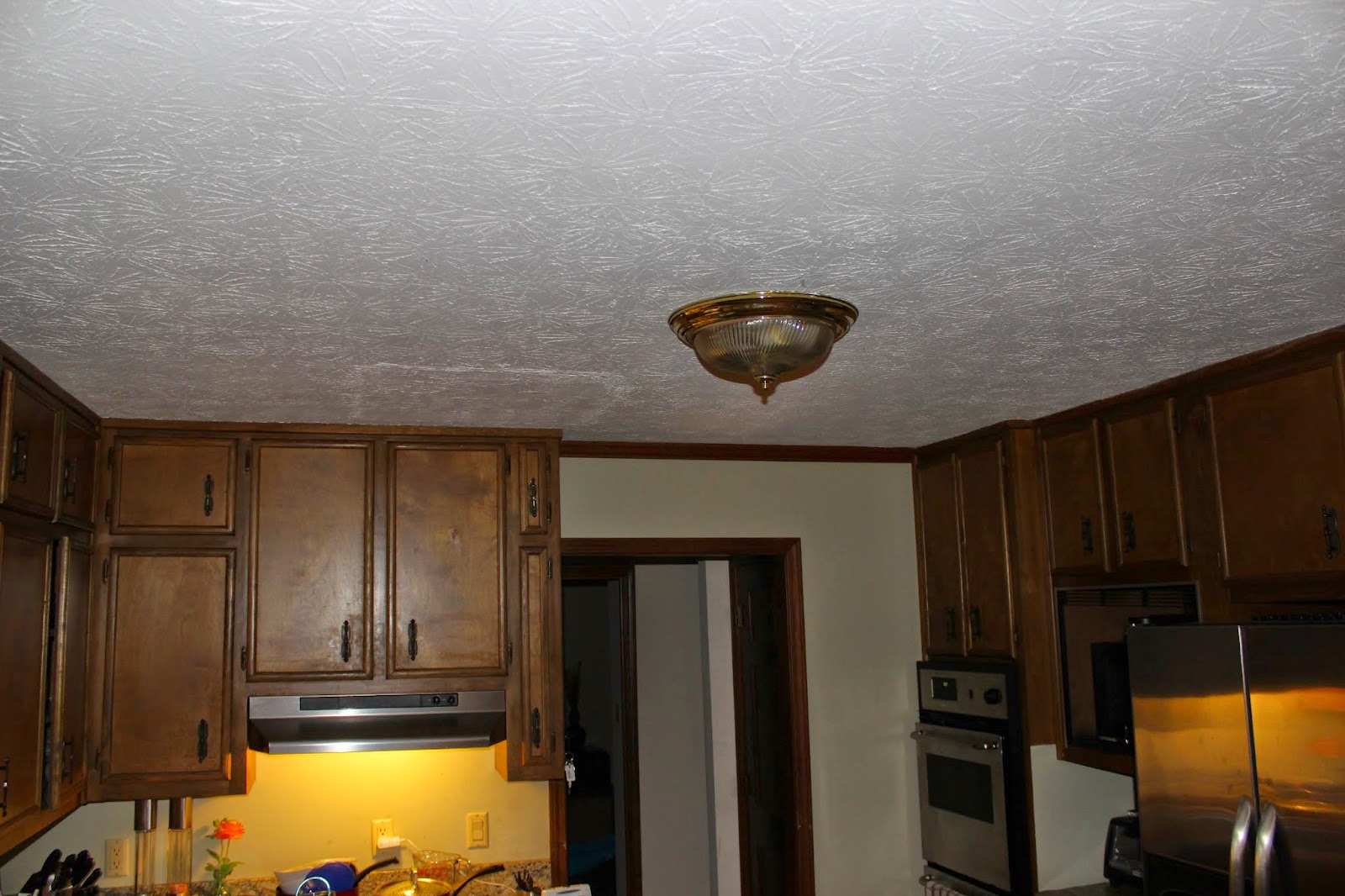This project has actually been in the works for a little over a month. It turns out, it wasn't as simple to pick out fabric for this flag as I originally thought (I've also been experiencing the same self-imposed pressure with picking out paint colors as of late). I don't want to misrepresent my family by selecting the wrong fabric color, texture, you get the picture... And I wanted this flag to be sophisticated and not too girly to appease the old hubs of mine. Well, let me clarify...sophistication is the end goal for this flag alone, what I'm dubbing my "starter" flag - the flag that will set the tone of our existence on our quiet street for
Oh, before we continue, here's a Lofty 4 Less tip: most fabric stores will cut fabric, notions, etc... for you by the inch. You can save a few duckets by asking for the exact amount of material that you need. This does not apply to online fabric stores at the moment; I typically only buy home decor fabrics online and order to the closest half yard (whenever possible). When I'm making window treatments, I use the fabric in excess of what I really needed to beef up/thicken my hems,but more on that later.
Ok, design mode. I let my family give their input here. To make things fun, I printed out a number of "J"s and let my family "carefully" rule out font by font until a winner was selected. I use the term carefully loosely because half of my family members are currently under the age of 3! In fact, I was unable to photograph the selection process because my son wrecked my display (I'm actually numb to this now). Either way, here's a neat and in tact version of their options:
With some slight coaxing by yours truly, they (my husband, really) ended up selecting the 4th "J". It was the most unique, and I thought it would add interest to a somewhat "safe" color/fabric/texture selection.
To determine the proper measurements for my flag, I started by measuring the width of my flag pole (actually, I sent my husband out to measure it for me while I watched the kiddos). 10.5 inches. So...I would make my flag 10 inches wide so that it would fit snugly on the pole. (See how I did that? No quick rule of thumb, just a gut measurement (ok, a gut measurement along with 20+ years of sewing experience)...and for your sake, if it turns out that your flag is too wide for your liking, you can always take it in...always better to have the option to take something in). I decided to make the length of my flag 12 inches. Here's a quick sketch that kinda/sort of explains how I came to this number:
Followed by a somewhat brief explanation: I knew that I wanted my lettering to span a width of 6 inches simply because I liked the size when I printed out the J's for my family to review. A 6-inch wide J allows for a 2 inch margin on both sides of the flag. The length of my J is 8 inches (which I also liked), so in order to have a 2 inch margin on top and bottom of the flag, the length of the finished flag would have to be 12 inches. You'll also need to factor in enough fabric to sew your seams (I typically add half an inch), which means that I needed to cut out 11 by 13 inch rectangles for my flag base (2 rectangles to be exact - one for the front of the flag, the other for the back to hide my stitchings). Still following me? I really hope so.
Ok, so next step was to pin and cut out my monogram...
Followed by eyeballing the placement of the J on the flag and pinning it. I actually tried to get technical and initially used a measuring board to help with placement, but I wasn't pleased with the result.
Finally, sewing time. I used a simple zigzag stitch. My sewing machine has an applique stitch, but I opted to zig zag because it would help prevent the burlap from fraying. (I even thought about modge podging my J onto the flag but didn't know how my sewing machine would react to it. And I'm not too confident about using modge podge on outdoorsy projects; I have a few discolored decoupaged flower pots to back me up...yep, Pinterest fail). I went around my J twice with the zigzag stitch just to make sure the entire circumference of my applique was secure.
Next up, was adding loops to hang my flag. Originally, I wanted to use the natural burlap to create my loops but a little bit of last minute creativity and a lot of laziness helped me to decide on making herringbone loops instead (I didn't have to change my thread color if I went with the herringbone. For shame!) As for the loop measurements - it all comes down to preference. I decided that I wanted three equally spaced loops so I cut out a 4x10 inch rectangle. Using a zigzag stitch, I hemmed both sides 1/2 inch (lengthwise).
I cut my hemmed rectangle into three equal pieces and pinned and sewed them to the top of my flag.
Once my loops were intact, I sewed the front and the back portion of the flag together (right sides facing each other), leaving a gap at the bottom of the flag so that I could turn it inside out.
To make sure that your corners are professional-looking, cut your raw edges at a diagonal angle as pictured above. This will reduce the amount of fabric that lives in each corner once it's turned inside out, therefore making your corners look more crisp and clean.
Small stitch at the bottom of the flag to close the gap up. Light pressing, and wallah!! We have ourselves a
I scotch guarded the flag while it was on the post. No sense in getting all fancy and trying to create a formal spraying station, right? And if this doesn't hold up, no sweat off my back. It's gon' be what it's gon' be, right? Besides, I have plenty of scrap material to make many more. Don't test me, Weather.


































